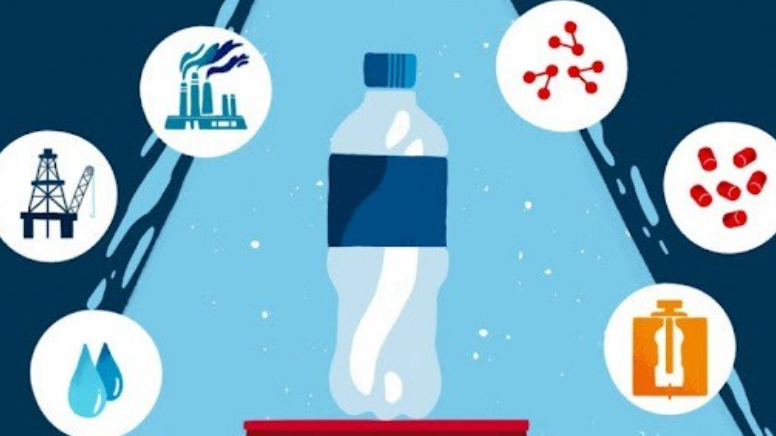From January 2026, PET beverage bottles sold in Japan will be required to contain at least 15% recycled plastic by weight to receive official certification. Along with this, the Ministry of Economy, Trade and Industry (METI) has mandated a new set of design criteria: bottles must be colourless, labels must be easily separable, and caps must exclude PVC.
Read MoreAccording to the World Bank, the global financing gap to achieve a circular plastics economy ranges from USD 426 billion to USD 1.2 trillion by 2040. Plastic credits offer a scalable pathway to channel corporate and institutional capital directly into verified waste recovery and recycling projects.
Read MoreRecent projections from Precedence Research show that the rPET market is on track to grow from USD 12.76 billion in 2025 to USD 26.78 billion by 2034, representing a compound annual growth rate (CAGR) of 8.53%. This isn’t incremental growth, it’s a doubling of market value within a single decade.
Read MoreAs the climate emergency becomes more urgent, there is a growing expectation for capital to do more than generate profit. Investors are being called to direct their influence where it counts toward enterprises that repair, restore, and regenerate.
This is not a passing trend. It's a strategic shift. The investors of the future will be those who act today: intentionally, responsibly, and with a clear understanding of the world we need to build.
Read MoreA recent report, “Plastic Money: Turning Off the Subsidies Tap,” lays it all out: governments in the top 15 polymer-producing countries are spending over USD 30 billion each year to subsidise plastic production. That’s right—while we’re scrambling to fix the mess plastic is causing, some of the world’s biggest economies are still propping up its production.
Read MoreAccording to the Meridian Institute’s Model Framework for Inclusive Waste Picker Integration, informal waste workers are the foundation of waste management systems in many parts of the world—especially in the Global South. The framework emphasizes the need to move from extractive systems (where workers are used but excluded) to models that promote:
Read MoreIn a recent global study by Aura, nearly 40% of consumers said they abandoned a purchase because the packaging wasn’t sustainable. This signals a fundamental change in how people perceive packaging—not as a throwaway utility, but as part of the product’s value and impact.
Read MoreEPR is a policy approach that makes producers responsible for the environmental footprint of their products from creation to disposal. It compels companies to actively manage, collect, and recycle waste from their products, fostering sustainable production and consumption patterns. Key components of EPR include lifecycle accountability, encouraging sustainable product design, and reducing environmental impact through a circular economy approach.
Read More







